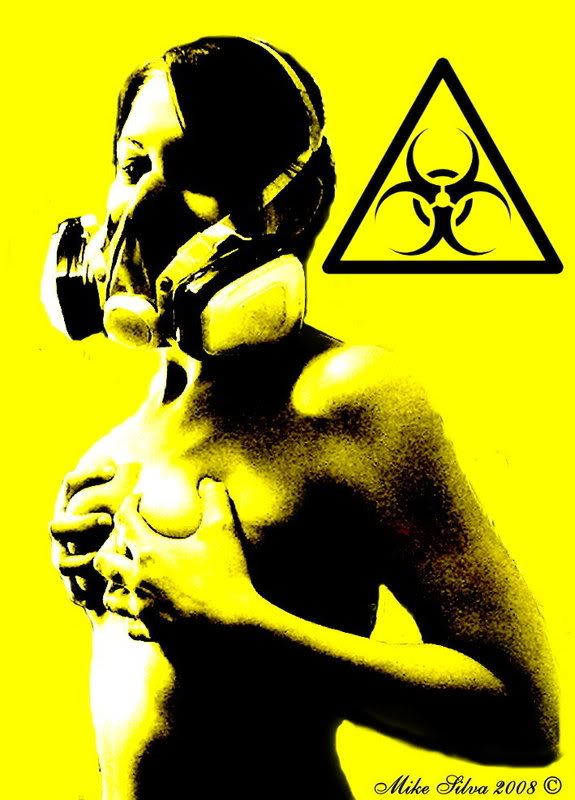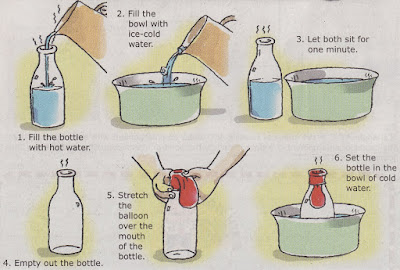CFCs seemed safe at first. But 40 years after they had been developed, scientists discovered the terrible truth.
CHLOROFLUOROCARBONS (CFCs) are covalent compounds whose chlorine, fluorine and carbon atoms are bounded by covalent bonds.
During the 1930s, E.I. duPont de Nemours & Company trademarked varies CFCs under the name Freon.
Initially, everyone thought Freons were fantastic. Freons are colourless, odourless, non-flammable and non-corrosive. It is a non-toxic to breathe in small amounts of Freon too.
As they have a low boiling point, Freons are ideal for systems that require cooling. Thus, Freons became widely used in fridges, air conditioning units and other chilling appliances.
When manufactures learnt that Freons were excellent aerosol-spray propellents, a myriad of products, from hair spray to oven cleaners, ensued. Freons were also used in fire estinguishers since they were great foamblowing agents, as well.
It was in the 1970s that scientists discovered Freons were not as safe as everyone had thought. They found that once let into open air, Freons reacted with the ozone in the atmosphere.
The earth’s ozone layer is band of air with a high ozone content, which lies 32km to 48km above the planet’s surface. It is very important part of the atmosphere because it protects us from solar ultraviolet radiation, which can cause skin cancer.
At the time, companies refused to believe that Freons were destroying the ozone layer. However, when more and more studied proved freons were dangerous, laws were made to ban their use.
By 1996, most countries had banned the use of Freons and other CFCs.
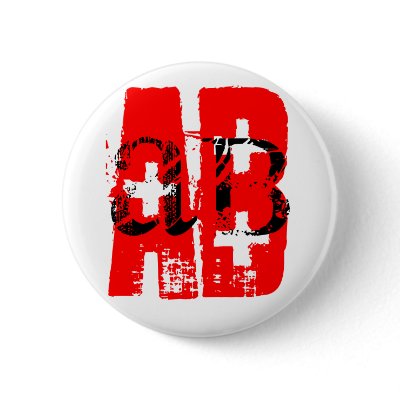
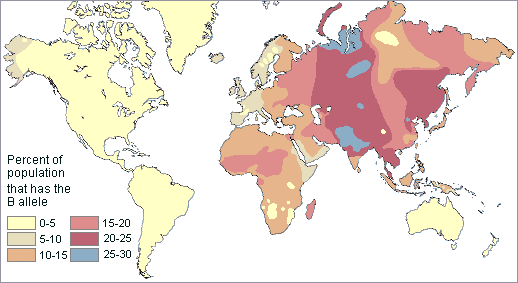




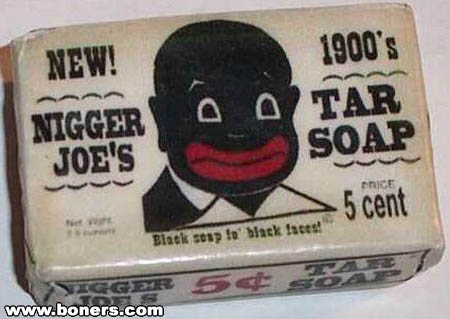



 Archimedes was the world’s greatest mathematician but for centuries few people realised his talents. Archemedes was born around 287BC in Syracuse on the island of Sicily.
Archimedes was the world’s greatest mathematician but for centuries few people realised his talents. Archemedes was born around 287BC in Syracuse on the island of Sicily.





.jpg)

